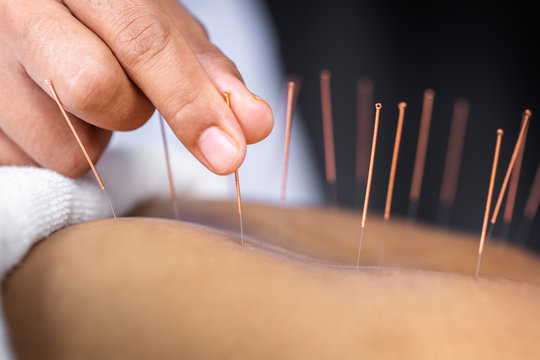What is Acupuncture?
Acupuncture involves inserting needles into the body to stimulate sensory nerves in the skin and muscles. This may help treat chronic pain and other physical conditions.
An acupuncturist will examine a person and assess their condition, insert one or more thin, sterile needles, and offer advice. Individuals will typically sit or lie down during the procedure. The acupuncturist should use single-use, disposable, sterile needles. People may feel a very brief stinging or tingling sensation upon needle insertion.
They may then experience a dull ache at the base of the needle. Typically, the needles will stay in place for 20–60 minutes, although this will vary depending on the procedure. In some practices, the acupuncturist will sometimes heat needles after insertion.
The number of treatments a person will need depends on their individual case. Someone with a chronic condition may need one or two treatments per week over several months. An acute health issue typically improves after 8–12 sessions.

Benefits of acupuncture include the following:
- People can effectively combine acupuncture with other treatments.
- Effective acupuncture can help manage chronic pain, migraine, and headaches.
- Acupuncture carries a low risk of side effects.
- It is a flexible form of treatment that can target numerous health concerns at once.
